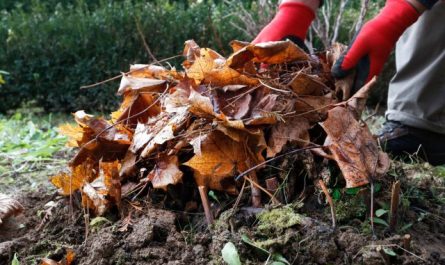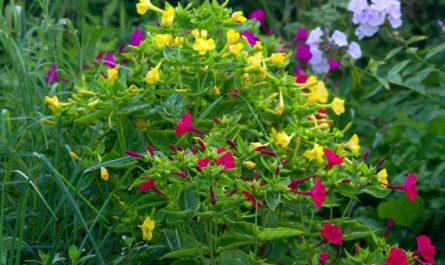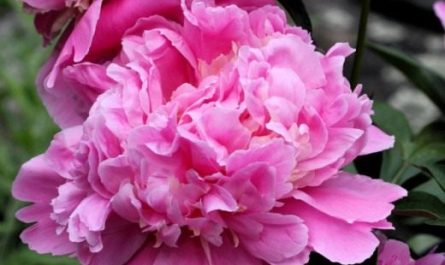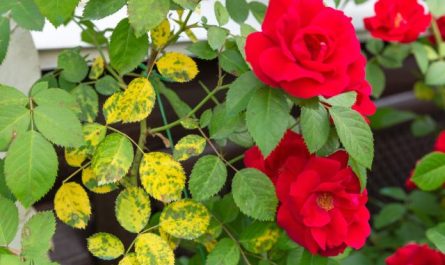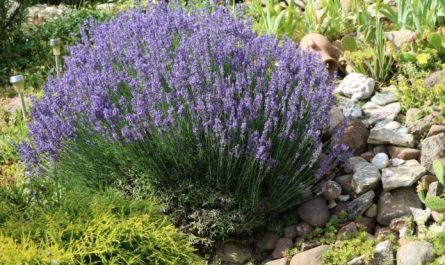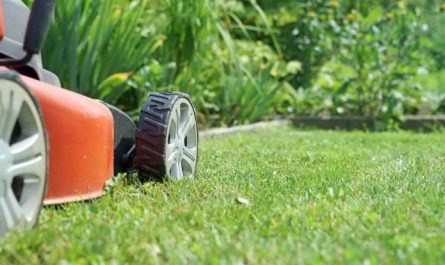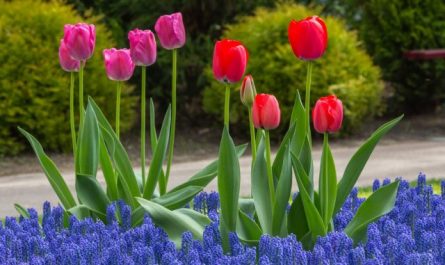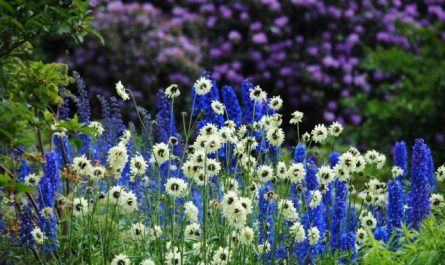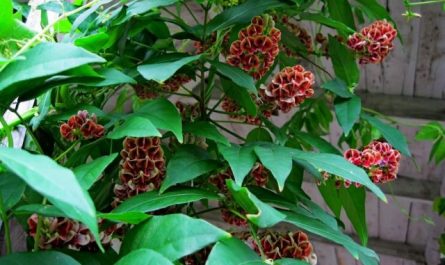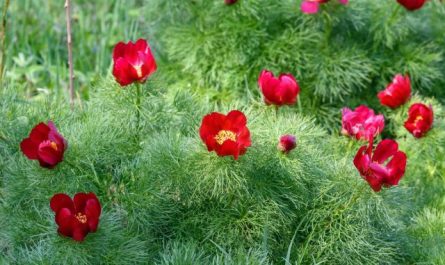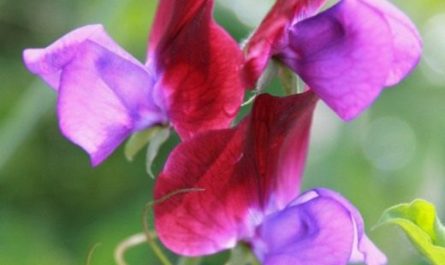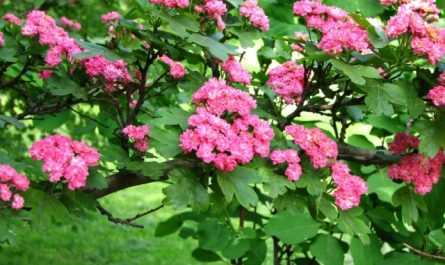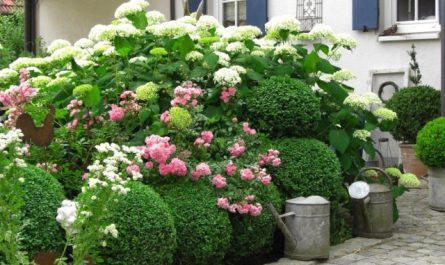Lawns can look perfect only with perfect care. And in addition to mowing and trimming the edges, which determine the condition of the lawn, there are three very important components of care – watering, fertilizing and ventilation. These three “P”s in lawn care are of crucial importance from the beginning of spring chores until mid-autumn, when lawns are prepared for winter. Deviation from the rules or systematic procedures in any of the three cases can cause serious problems that cannot be dealt with without repair and restoration.

Even if you use the same grass mixtures, create ideal conditions before sowing and follow all the rules for sowing grass, the only guarantee that your lawn will look perfect is the most thorough care. Both watering and fertilizing should be given due attention. But care is not limited to just a few basic procedures.
Those who want to succeed should remember that pleasure is to be found in details and trifles: preventive measures and systematic care help to achieve success only if you devote a lot of time and attention to the lawn, and conduct constant monitoring. Conscientiousness and intensity of care are the only guarantee and the only secret of a perfect lawn.
Lawn watering
Moistening is a procedure without which the lawn cannot be preserved. Due to frequent mowing and the specifics of the turf itself, which evaporates moisture abundantly, without additional moistening the lawn will turn brown with the first summer heat. But more often in recent years, problems with drying out of the turf appear already in the spring. Lack of water leads not only to loss of attractiveness, but also to the spread of weeds, diseases, and gradual thinning of the grass stand. Watering for the lawn should not just be abundant or frequent, but regular and systematic.
Systematic irrigation of the lawn involves regular procedures, the frequency of which is controlled in accordance with the weather, temperatures, and rates of soil drying. For normal development, the lawn needs constant light soil moisture. This can be provided by watering with an approximate frequency of once every 1-7 days with normal precipitation and once every 10-1 days during drought. But this frequency is just a guideline.
With sparse grass, watering is needed more often than on powerful and high turf (as well as on acidic, sandy, infertile soils). More abundant watering is needed for young lawns, which grow and develop more intensively, building up not only the above-ground parts, but also the rhizome. It is very easy to understand that the lawn needs watering: the grass loses the ability to straighten out after you walk on it, the marks do not disappear even after several hours. You should not wait for other visible signs of drought.

The method of watering is chosen in accordance with your capabilities. Manually providing normal watering of the lawn is possible only on very small areas. A hose and a properly selected sprinkler or watering can with a fine nozzle will allow for uniform irrigation. But manual watering is a complex and labor-intensive matter, and the efficiency of such watering is difficult to control. For medium and large lawns (and for small ones, if you want to provide ideal care), you need to install an automatic watering system. Even the simplest systems will allow you to turn a burdensome duty into a simple and almost imperceptible process.
Automatic irrigation systems today amaze with their range – both in cost, and in the complexity of installation, and in efficiency, and even in decorative qualities. There are even such installations that in operation are more like luxurious fountains. Semi-automatic or fully automatic, they are not so complicated and expensive. Installation of automatic irrigation systems can be entrusted to professionals or mounted by yourself, individually selecting both individual elements of the system and communications, taking into account your needs and tastes.
The main task when watering a lawn is to moisten the soil under the root layer to a depth of 15-20 cm (the total watering depth is 30-50 cm). In order to check the watering depth, it is better to leave a test area of turf in an inconspicuous, unnoticeable place, where you can cut and lift a wedge of grass and examine the soil underneath. You can also lift the edge or corner of the lawn.
The watering rate for garden and park type lawns is 10-15 liters of water per square meter. Using less water will not soak the soil to a sufficient depth under the turf.
The lawn is watered in accordance with several immutable rules:
- Irrigation of the lawn can only be carried out in the evening, when the rate of evaporation decreases.
- If there are signs of a violation of wetting, it is better to carry out an unscheduled aeration, pierce the turf.
- To water the lawn, use whatever water is available, but it is better to avoid very hard water if possible.

Lawn fertilizers
Fertilizers for green lawns are very important. After all, constant mowing depletes the soil, and active grass growth causes increased needs for access to nutrients. Fertilizers are also necessary to strengthen, compact, and increase the resistance of grass, including the ability to resist weeds, diseases, and weather vagaries. Without them, it is impossible to maintain a normal dense structure of the turf and achieve a bright color and attractive shine. With lawns, even in this matter, everything is not so simple: they are afraid of both excessive and insufficient fertilizing.
The mandatory procedures in spring, after a long winter and to prepare for the next winter, do not include fertilizing necessary for lawns. Nor does it include choosing one universal type of fertilizer.
In spring, lawns need nitrogen fertilization: one or two procedures to stimulate the grass growth process and speed up the grass recovery after a long cold season. They act quickly and effectively. The first fertilization is carried out after verticulation (see below) and the first mowing.
During the summer, complex mixtures are used for lawns – fertilizers intended for lawns, special preparations selected in accordance with the type and composition of the lawn mixture. You can limit yourself to one top dressing, but it is better to follow the recommendations of the manufacturer of the grass mixture and specific fertilizers.

On the eve of autumn, in August and no later than September, 1-2 additional feedings with autumn fertilizers are carried out – a special potassium-phosphorus fertilizer, the effect of which is aimed at strengthening the turf and increasing frost resistance. If pure phosphorus fertilizer is used, then additional feeding is carried out once every 1-2 years, stimulating the development of the root system in late autumn and taking into account that this element remains in the soil for a long time, the frequency and dosage are reduced. But potassium fertilizers are washed out faster and are replenished at least annually, they are necessarily applied as part of autumn preparation.
The last lawn feedings are made in September, but bone meal or bone meal fertilizers can be continued until the turf stops growing, especially if the lawn is weak, has been through the recovery process, or shows signs of damage or disturbance.
If bald spots or damaged areas appear on some areas of the lawn, special long-acting fertilizers can be used, which are applied by seeding or foliar feeding. They provide, if not instant, then very fast results.
For lawns, as well as for all decorative compositions and objects in the garden, the use of organic fertilizers is only beneficial. Mulching with compost, a layer of only about 1 cm, evenly scattered over the surface of the lawn will not only improve the soil and strengthen the turf, but also improve the processes of water and air exchange, the ability of the turf to retain water and absorb nutrients. Mulching with mown grass (if the lawn mower has a mulching function) also has a positive effect on the condition of the lawn.
But the frequency of fertilizing and the composition of fertilizers are not all that you need to remember. After all, a lawn is a special community of plants, and fertilizing it is not so easy. There are several rules when applying fertilizer to a lawn:
- For green areas, it is very important to distribute the fertilizer evenly over the surface, otherwise not only areas with different colors, but even burns may form. It is best to distribute fertilizers using a seeder, focusing on the tracks of the wheels and moving with it like sowing. Or use liquid options and foliar feeding.
- Fertilizers are applied only after mowing and before watering (or together with it). Fertilizers should dissolve in water and not lie on the turf.

Airing the turf
Lawn ventilation is a set of procedures aimed at improving the air and water permeability of the turf, strengthening the root system and improving its ability to absorb not only water but also nutrients. And for this purpose, procedures are carried out not only in spring and autumn: reducing all mandatory care to just a few measures would be a big mistake. The grass must breathe freely and the lawn must grow on loose, water-permeable and air-permeable soil.
To maintain its proper condition, even in flower beds, you need to make an effort. And on green carpets, the situation is much more dangerous: as a result of using the lawn, moving, precipitation, constant watering, a dense layer of soil is formed under the turf that does not allow water to pass through.
Procedures aimed at maintaining air and water permeability of the soil are called verticulation. This is a set of measures aimed at the underground parts of the lawn and turf. Verticulation includes two components:
- Aeration;
- Scarification.

One of the most important components of lawn care is aeration. The simplest way to call this process is piercing: the turf is literally pierced to create vertical holes. Piercing is intended to enhance the turf’s ability to absorb nutrients and water by improving the atmospheric-soil exchange. For aeration, either special equipment (verticutters – slitters and aerators) or regular pitchforks are used. The turf must be pierced to a depth of 3-5 cm for light aeration and up to 8-10 cm for regular aeration with an interval of 10-15 cm.
Mandatory aeration is carried out in spring or early summer, after the second or third mowing of the year, and in autumn, but it is better to focus not on specific rules, but on the condition of the lawn itself: if it needs piercing, there are signs of impaired water permeability, then several additional aerations can be carried out.
Another necessary procedure is combing, or scarification. Unlike aeration, which is aimed at puncturing the turf, scarification serves completely different purposes. It cleans the turf from debris, dead grass, organic residues (lawn felt), and removes all debris between the root layer and living grass. Scarification, like aeration, can be done manually or with special equipment (scarifiers of varying complexity, from manual to automatic). Mandatory procedures in the spring and during preparation for winter are usually supplemented by several more combings to maintain the normal condition of the lawn.
All lawn verticulation measures still cause damage to the turf. They partially destroy the lawn, but this is a salutary damage: so that the grass can renew itself, develop normally, and the turf can continue to form, it is necessary not to be afraid of causing damage to it, but to provide it with vital procedures. They are carried out even when there are no visible signs of need. Thanks to verticulation, the condition of the soil changes, the absorption of nutrients and moisture improves, the main risks of health problems are eliminated, and in just a few weeks the lawn becomes more uniform, dense and healthy.
In fact, aeration with scarification are health procedures. With these simple measures, you can not only maintain, but also improve the condition of the lawn, prevent many problems. Even for the fight against diseases, weeds and other damage, verticulation is the first method of control.
Important principles for performing verticulation:
- the procedure can only be carried out after a haircut;
- aeration should not be carried out in dry and hot weather (to avoid puncturing highly compacted and hard turf, it is better to choose damp, cool days);
- After both aeration and scarification, you cannot walk on the lawn. The recovery process will last 2-3 weeks, and the green carpet should not be disturbed.

As part of the ventilation, measures are also taken to correct the soil. Soil improvement is usually associated with the introduction of additives into it at the stage of preparation for laying the lawn, but there are similar procedures for mature sods. Mulching the lawn improves the quality of the soil, especially when using mature compost, adding it in the spring in the amount of 1-2 liters per square meter of carpet. But the best method is still sanding.
It is carried out in any places with bald spots or signs of over-wetting, where there is a need to renew and re-seed the grass. Sanding is used both after aeration and after scarification: the holes are filled with sand and the surface is leveled. Sand is scattered evenly over the entire surface of the lawn and covered with a rake so that the soil becomes even softer and absorbs moisture better.


